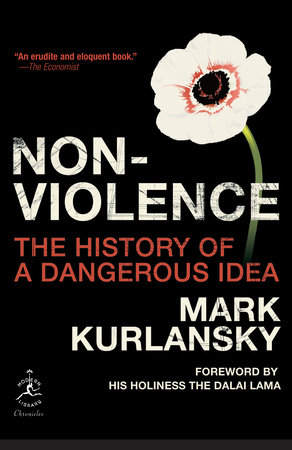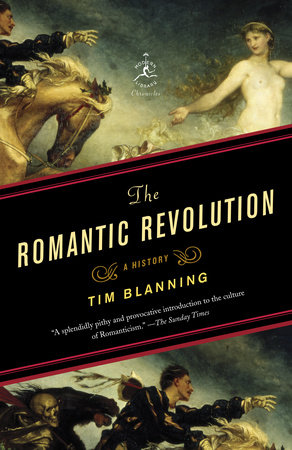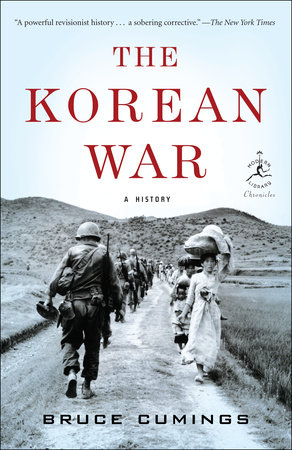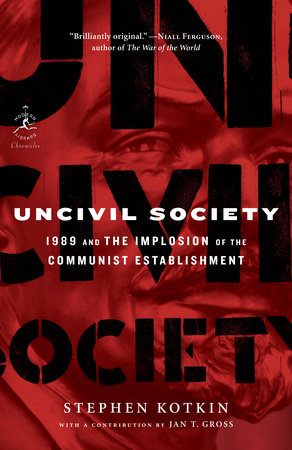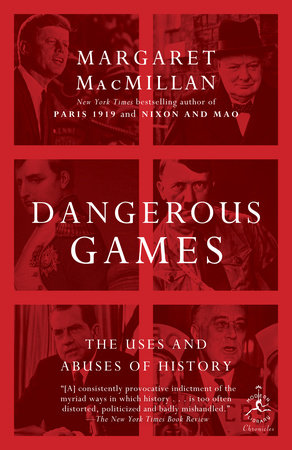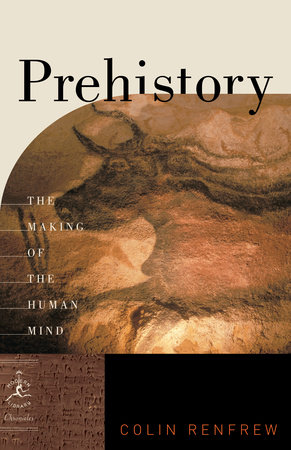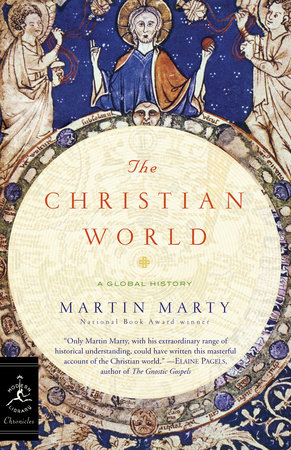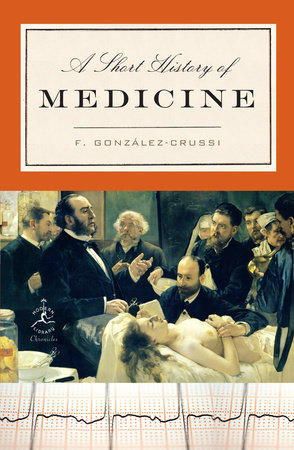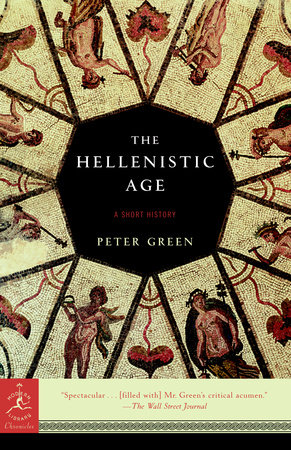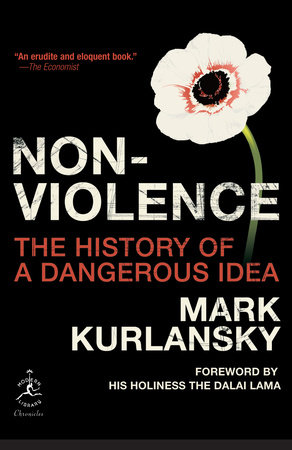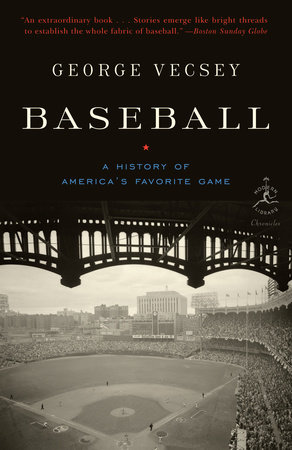Excerpt
Nonviolence
I
Imperfect Beings
"We expect to prevail through the foolishness of preaching."
—William Lloyd Garrison, Declaration of Sentiments adopted by the Peace Convention of Boston, 1838
The first clue, lesson number one from human history on the subject of nonviolence, is that there is no word for it. The concept has been praised by every major religion. Throughout history there have been practitioners of nonviolence. Yet, while every major language has a word for violence, there is no word to express the idea of nonviolence except that it is not another idea, it is not violence. In Sanskrit, the word for violence is himsa, harm, and the negation of himsa, just as nonviolence is the negation of violence, is ahimsa—not doing harm. But if ahimsa is “not doing harm,” what is it doing?
The only possible explanation for the absence of a proactive word to express nonviolence is that not only the political establishments but the cultural and intellectual establishments of all societies have viewed nonviolence as a marginal point of view, a fanciful rejection of one of society’s key components, a repudiation of something important but not a serious force in itself. It is not an authentic concept but simply the abnegation of something else. It has been marginalized because it is one of the rare truly revolutionary ideas, an idea that seeks to completely change the nature of society, a threat to the established order. And it has always been treated as something profoundly dangerous.
Advocates of nonviolence—dangerous people—have been there throughout history, questioning the greatness of Caesar and Napo- leon and the Founding Fathers and Roosevelt and Churchill. For every Crusade and Revolution and Civil War there have always been those who argued, with great clarity, that violence not only was immoral but that it was even a less effective means of achieving laudable goals. The case can be made that it was not the American Revolution that secured independence from Britain; it was not the Civil War that freed the slaves; and World War II did not save the Jews. But this possibility has rarely been considered, because the Caesars and Napoleons of history have always used their power to muffle the voices of those who would challenge the necessity of war—and it is these Caesars, as Napoleon observed, who get to write history. And so the ones who have killed become the ones who are revered. But there is another history that manages to survive.
It survives, but nonviolence is in fact a marginal rejection of a marginalized concept. Political theorist Hannah Arendt, in her 1969 study On Violence, pointed out that while it can be universally agreed that violence has been one of the primary movers of history, historians and social scientists rarely study the subject of violence. She suggested that this was because violence was such a mainstay of human activity that it was “taken for granted and therefore neglected.” Violence is a fundamental of the human condition, whereas nonviolence is merely a rarified response to that reality. What does this mean? If we lived in a world that had no word for war other than nonpeace, what kind of world would that be? It would not necessarily be a world without war, but it would be a world that regarded war as an aberrant and insignificant activity. The widely held and seldom expressed but implicit viewpoint of most cultures is that violence is real and nonviolence is unreal. But when nonviolence becomes a reality it is a powerful force.
Nonviolence is not the same thing as pacifism, for which there are many words. Pacifism is treated almost as a psychological condition. It is a state of mind. Pacifism is passive; but nonviolence is active. Pacifism is harmless and therefore easier to accept than nonviolence, which is dangerous. When Jesus Christ said that a victim should turn the other cheek, he was preaching pacifism. But when he said that an enemy should be won over through the power of love, he was preaching nonviolence. Nonviolence, exactly like violence, is a means of persuasion, a technique for political activism, a recipe for prevailing. It requires a great deal more imagination to devise nonviolent means—boycotts, sit-ins, strikes, street theater, demonstrations—than to use force. And there is not always agreement on what constitutes violence. Some advocates of nonviolence believe that boycotts and embargoes that cause hunger and deprivation are a form of violence. Some believe that using less lethal means of force, rock throwing or rubber bullets, is a form of nonvio- lence. But the central belief is that forms of persuasion that do not use physical force, do not cause suffering, are more effective; and while there is often a moral argument for nonviolence, the core of the belief is political: that nonviolence is more effective than violence, that violence does not work.
Mohandas Gandhi invented a word for it, satyagraha, from satya, meaning truth. Satyagraha, according to Gandhi, literally means “holding on to truth” or “truth force.” Interestingly, although Gandhi’s teachings and techniques have had a huge impact on political activists around the world, his word for it, satyagraha, has never caught on.
All religions discuss the power of nonviolence and the evil of violence. Hinduism, which claims to be the oldest religion, though its founding date is unknown, as is its founder, does not take a clear stand on nonviolence. This ambiguity is not surprising for an ancient religion that has no central belief or official priests and has a plethora of scriptures, gods, mythologies, and cults. Hindus often repeat the aphorism “Ahimsa paramo dharmah,” nonviolence is the highest law, but this is not an unshakable principle of the religion. Violence is permissible in the Hindu religion, and Indra is a warlike Hindu god. But there are also many writings of Hindu wise men against violence, especially in a book known as the Mahabharata. Hindu sages tended to see nonviolence as an unattainable ideal. Perfect nonviolence would mean not harming any living thing. The sages encouraged vegetarianism to avoid harming animals. The Jainists, followers of a religion admired by Gandhi, keep their mouths masked to insure that they do not accidentally inhale a tiny insect. But Hinduism recognizes that even the strictest vegetarians harm plants, killing them in order to live. A saint, it is said, would live on air, but Hinduism recognizes that this is impossible. Complete ahimsa is not attainable. Gandhi wrote, “Nonviolence is a perfect stage. It is a goal towards which all mankind moves naturally, though unconsciously.” He believed human beings were working toward perfection. Violence was a barbaric retrogressive trait that had not yet been shed. The human being who achieved complete nonviolence, according to Gandhi, would not be a saint. “He only becomes truly a man,” he said.
This concept of man as an imperfect being who is obligated to strive for an unattainable perfection runs through most of human thought. The nineteenth-century French founder of the anarchist movement, Pierre-Joseph Proudhon, wrote in his 1853 Philosophie du progrès, “We are born perfectable, but we shall never be per- fect.” The often repeated argument against nonviolence, that it is in our nature to be violent—no doubt why violence deserves its own word—lacks validity in light of the ubiquitous moral argument that it is our obligation to try to be better than we are.
Hinduism and Gandhi insist that nonviolence must never come from weakness but from strength, and only the strongest and most disciplined people can hope to achieve it. Those who are incapable of defending themselves without violence, those who lack the spiri- tual strength to match their adversary’s physical brutality, either because of their own weakness or the determined brutality of the enemy, are obligated to use physical violence for defense. In Hinduism, passive submission to brutality is usually considered a sin.
Whenever the Chinese denounce the pacifist tendencies in their culture, they usually blame these tendencies on Buddhism. This is because Buddhism is the only important Eastern religion in China that is of foreign origin. Buddha, the sixth-century b.c. founder, was born near the Indian-Nepalese border. If pacifism is a national weakness, many Chinese have contended, surely it is the fault of foreigners. And so Hu Shi, the Columbia University–educated Chinese scholar (1891–1962), said, “Buddhism, which dominated Chinese religious life for twenty centuries, has reinforced the peaceful tendencies of an already too peaceful people.” His implication was that the rejection of violence makes people passive, and many early-twentieth-century Chinese believed their people had become too passive. This ignored the fact that most religions and philosophies that reject violence do not encourage passiveness but activism by other means—nonviolence.
Buddhism forbids the taking of life, but there seems to be a wide range of interpretations of this stance. In some countries it means vegetarianism, but in Tibet, perhaps because of a lack of vegetables, it means that animals must be slaughtered “humanely.” To a Tibetan Buddhist, however, this means the opposite of what it means to a Jew. To Jews, humane slaughter is the clean slitting of the animal’s throat and the removal of all blood, whereas in Tibet it means death by suffocation, to avoid the spilling of blood.
While the Buddhist interdiction on taking life was frequently interpreted in China as a condemnation of militarism, this was not the case in medieval Japan. In Japan Buddhism developed the “medi- tation school” commonly known as Zen. In the Middle Ages, Zen monks became warriors and monasteries became military fortresses. The original idea of Zen was the suppression of the body in order to reach a higher level of meditation. In the fourteenth century the technique was applied not only to meditation but to swordsmanship and archery. Three centuries later, Zen had become an integral part of the warrior code in Japan. This was neither the first nor last incident of a religion being perverted for military purposes.
In Buddhism, as in Hinduism, there is the notion of humans reaching higher levels, and one of the ways this is accomplished is by rendering aid to all beings. But Buddhism is not the only source of nonviolent thinking in China. The position on war and nonviolence in Confucianism, a belief system developed in China from 722 to 484 b.c., is even more vague than in Hinduism. It is not even clear that Confucianism is a religion. Many prefer to describe it as a moral philosophy. Nor is there agreement on the extent of the role of Confucius, whose real name was Kong Fuzi, a contempo-rary of Buddha, who lived between 551 and 479 b.c. The Analects, a compilation of Confucius’s sayings that was assembled long after his death, defined the function of government as providing food and troops and earning the people’s confidence. Asked which could be suspended in hard times, he answered, “Dispense with the troops.” This idea that military is essential to government but less essential than other functions runs throughout The Analects.
Confucius was not a pacifist, nor did he teach the power of nonviolence. But The Analects also at times rejects the notion of state violence, saying, “If good men were to administer the government for a hundred years, violence could be overcome and capital punishment dispensed with.” And when the question comes up of how to deal with neighboring barbarians, the standard rationale for military campaigns in China, the reply in The Analects is: “If the distant peoples do not submit, then build up culture and character and so win them, and when they have been won give them security.” It is a succinct statement of the nonviolent approach to political activism.
But the strongest Chinese stand on nonviolence came in opposition to Confucius, from a man named Mozi, who lived from about 470 to 390 b.c. Mozi frequently attacked Confucianists for being aristocrats, which has led some scholars to conclude that he came from a class of slaves. But like other rebels, including Jesus and Gandhi, he may have chosen to throw in with the poorest class as a protest against their unfair treatment. While Confucius was a voice of the establishment, Mozi was a rebel. While Confucius envisioned a hierarchy of love in which the greatest affection was given to family, Mozi called for universal love, chien ai, and emphasized helping the poor.
Mozi described the concept of chien ai: “He throws me a peach, I return him a plum.” Mozi saw this concept of mutual love, chien ai, as the key to righting the world’s ills.


